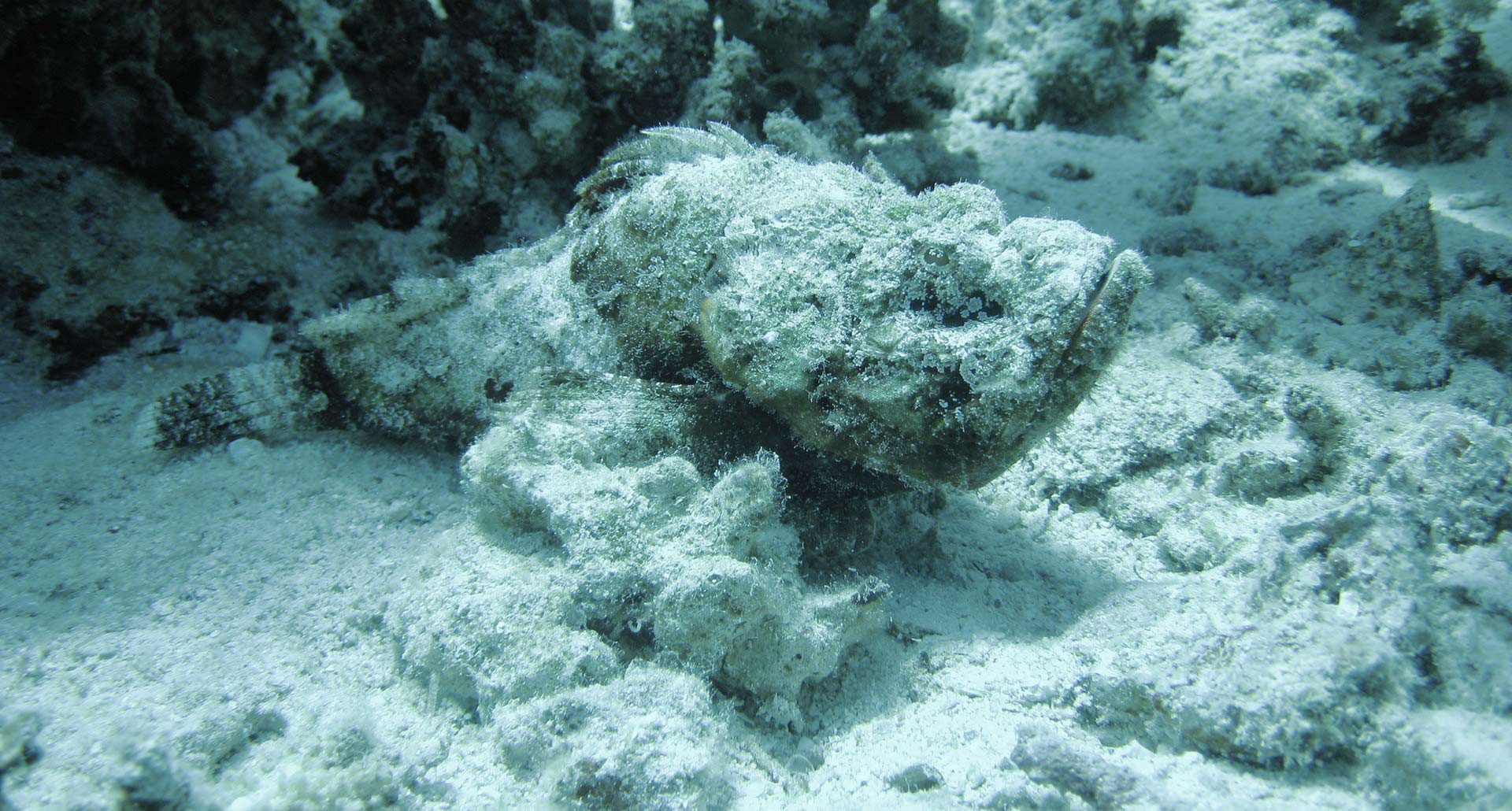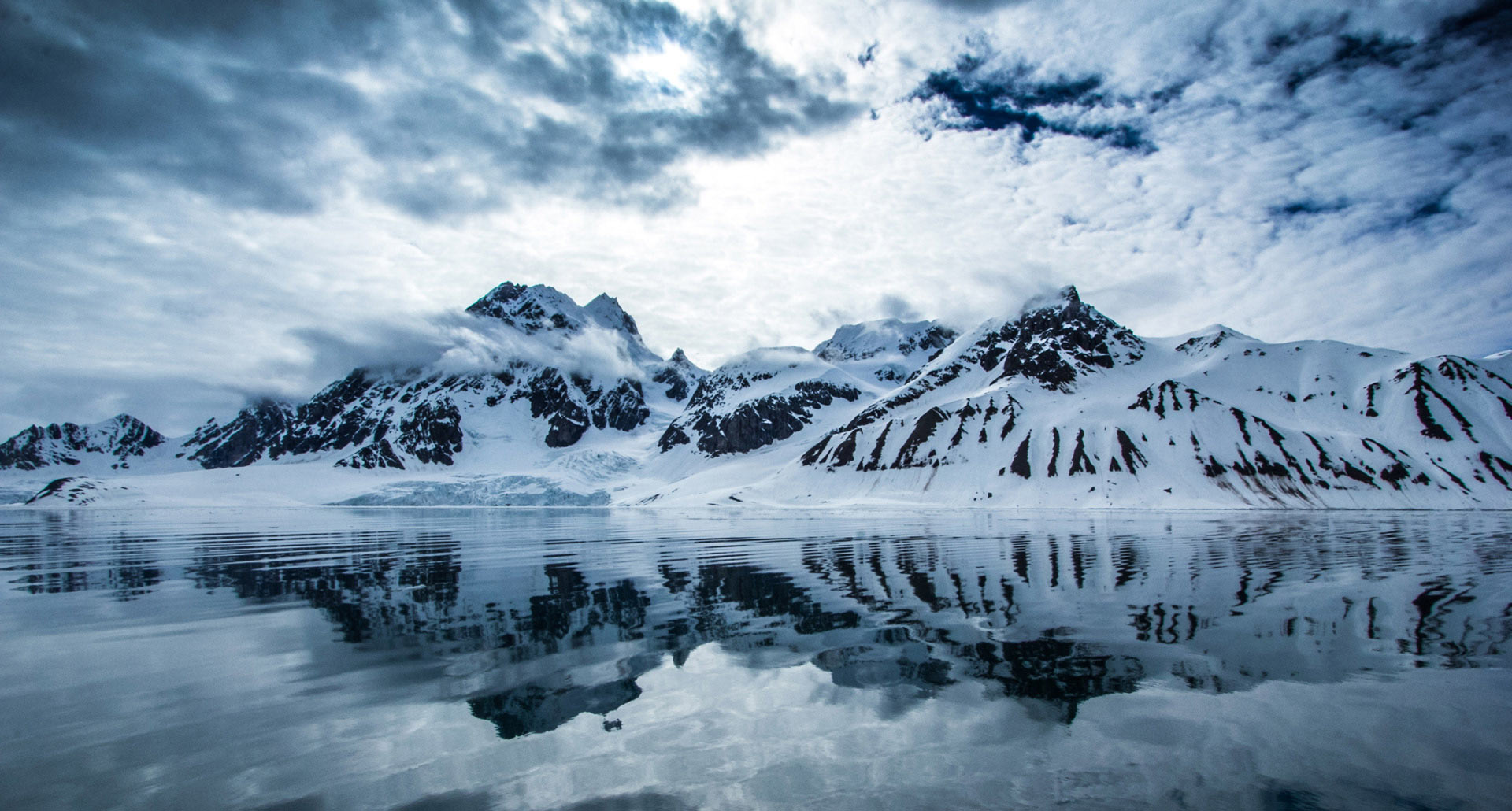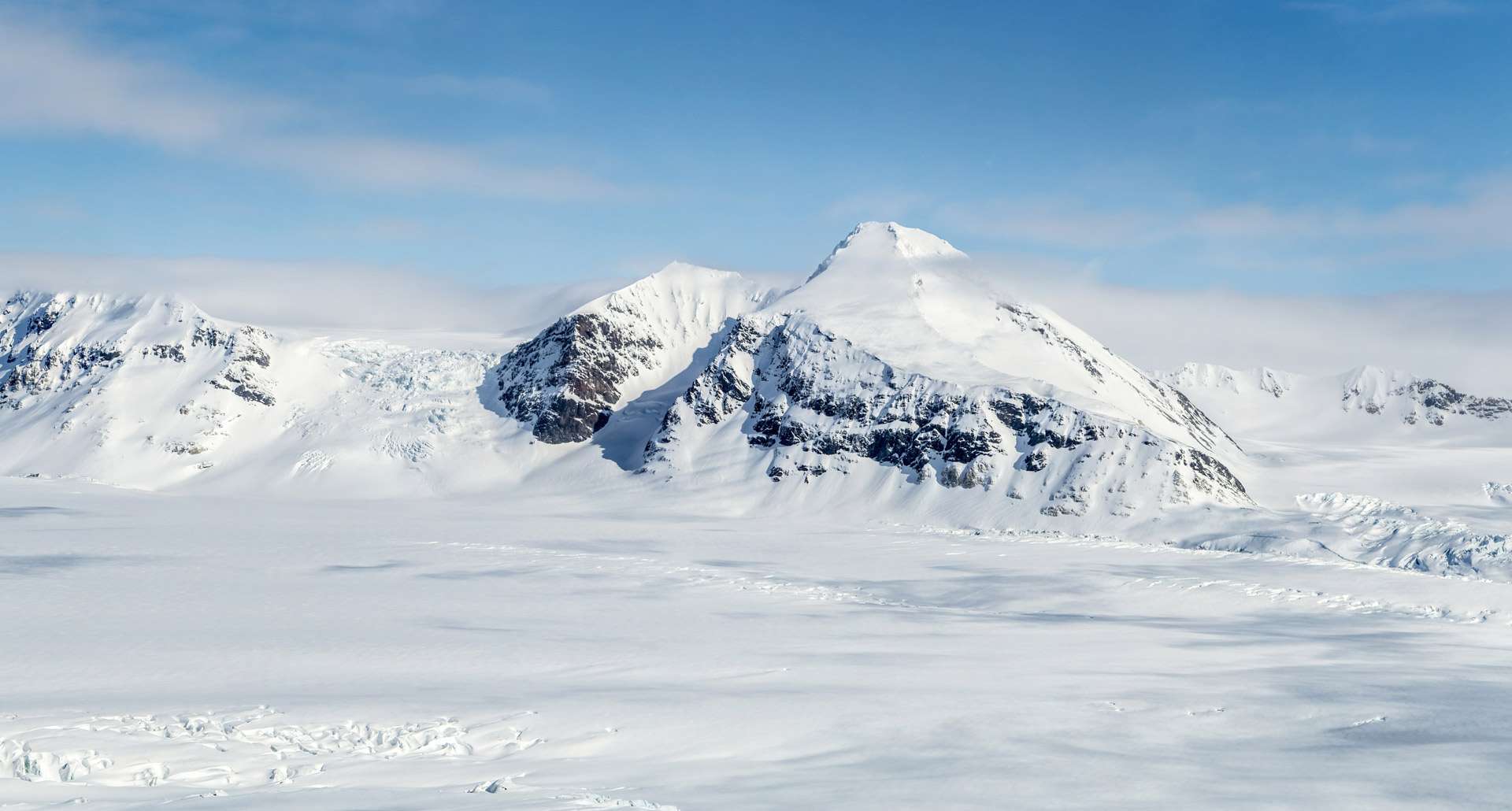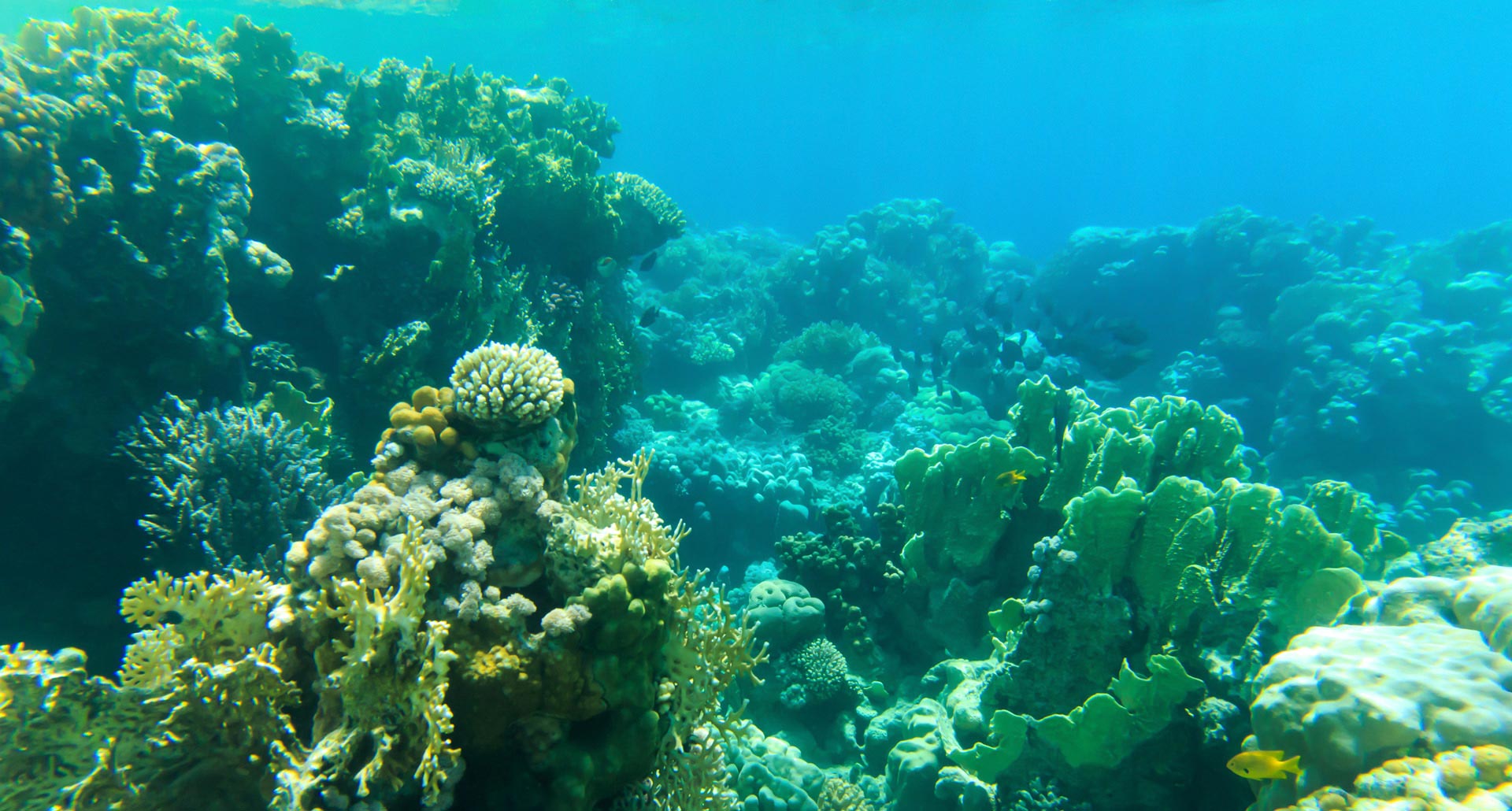Crisis of the Civilization of Heavy Metals
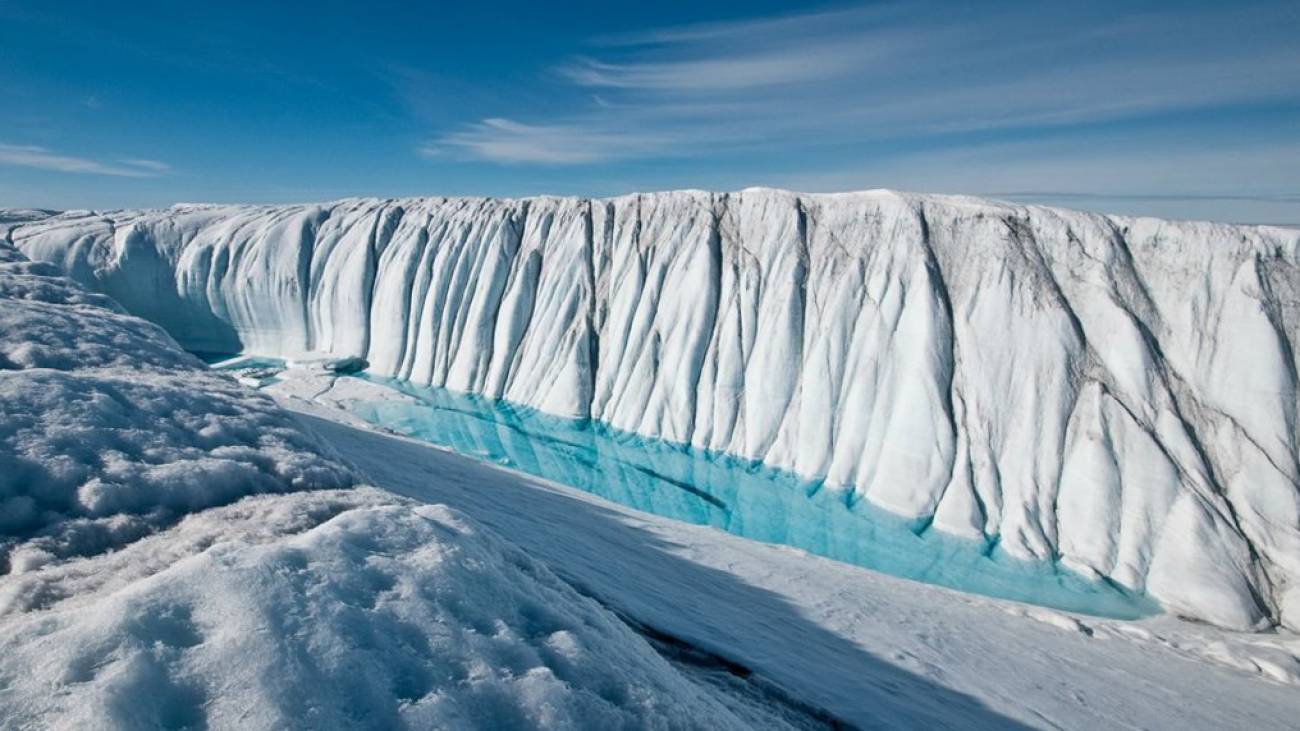
The site of scientific and technical news phys.org., which presents press releases of the world's largest laboratories and universities, has published the results of the latest biochemical studies of Greenland ice. An international group of scientists found in its samples traces of ancient deposits of lead. The concentration of heavy metal in the period between 1100 BC and 800 AD was directly dependent on the flourishing and decline of European civilizations.
In the days of Antiquity and the Roman Empire, lead was released into the atmosphere due to mining. Dust from the mines rose into the atmosphere and was carried by winds over the Atlantic to Greenland, where it precipitated and fell to the ground. Analysis of the composition of the ice in the selected cores allowed us to establish a direct link between the level of "RV" and the state of the economy of those times. The first serious surge of pollution occurs in the 900s BC. Then the Phoenicians actively expanded trade in the Mediterranean, and in Europe the production of silver coins increased dramatically. Lead was needed for their production. Ancient Romans used this metal in the 1st and 2nd centuries of a new era in the construction of urban pipelines. Therefore, the Greenland ice of the era of the prosperity of the empire is also "rich" in lead. A decrease in its concentration coincides with well-known historians political crises, wars and epidemics. In addition, in the last 80 years of the Roman Empire, heavy metal emissions into the atmosphere of our planet decreased four-fold.




